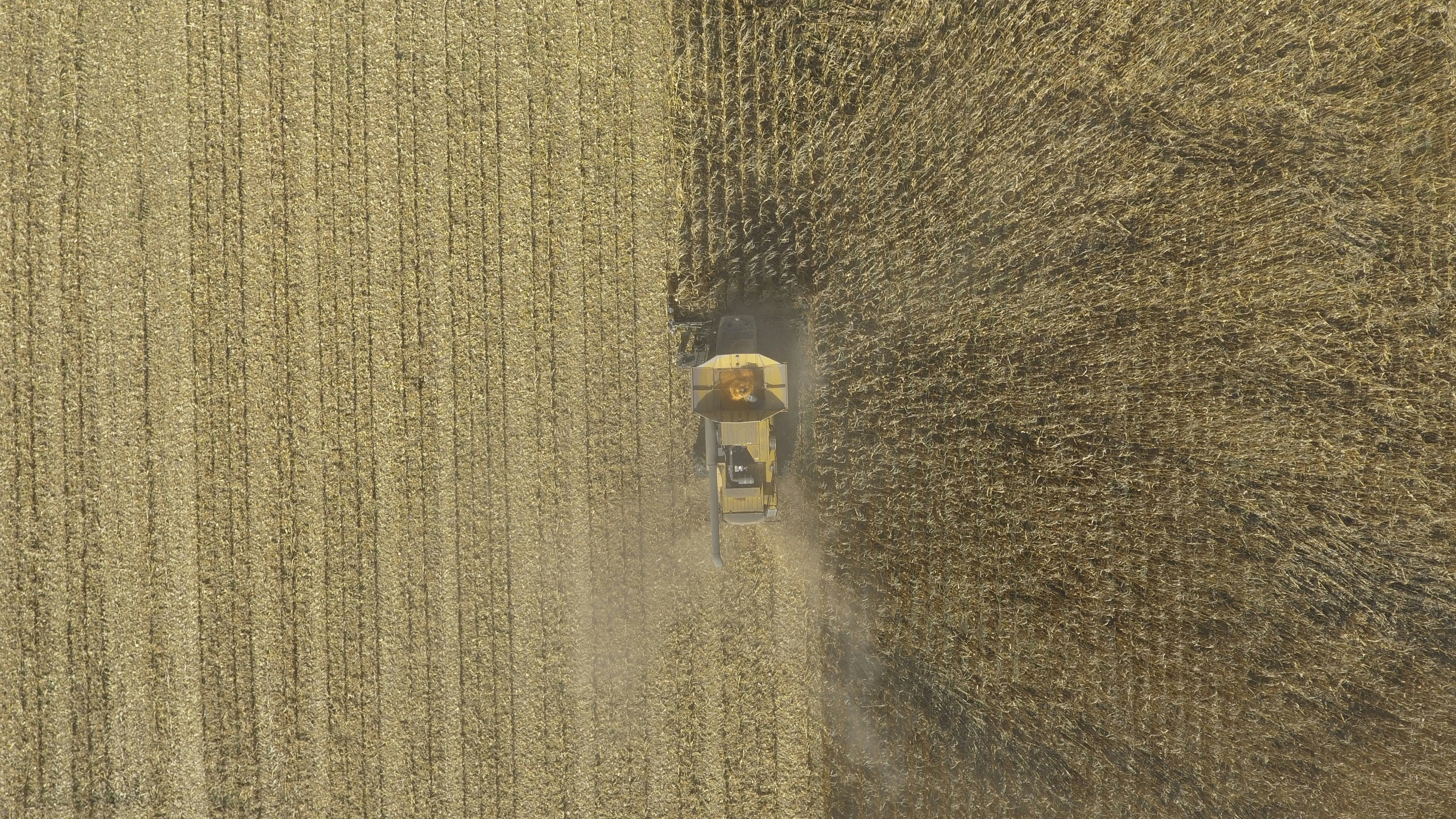This season is shaping up as a “good year” for wheat in North Dakota — average yields are solid and crop conditions are favorable — but that doesn’t mean all farmers are landing in the black. Commissioner Doug Goehring cautions that, for many producers around Bismarck and central North Dakota, input costs and low market prices still outweigh gains.
The Wheat Quality Council’s 2025 Spring Wheat Tour estimated average yields across surveyed fields at about 48.3 bushels per acre, with spring wheat averaging 49 bpa and durum around 37 bpa.
That’s a bit lower than last year’s tour results, which pegged average spring wheat at 54.5 bpa. In North Dakota, winter wheat yields also remain strong; in 2024, the estimated statewide winter wheat yield was about 54 bpa. Wheat is a vital crop for the state; North Dakota leads in hard red spring wheat production, and wheat accounts for a large share of local farm income.
But Commissioner Goehring says that many farmers are still not breaking even. He told state lawmakers that while wheat’s breakeven price hovers around $6.00 per bushel, current sale prices are often far below that.
“We are so far below the cost of production right now that I’m not sure how we can bail them out,” Goehring warned, noting that debt, fertilizer, fuel and equipment costs are squeezing farmers’ margins.
He added: “In some cases, elevators have said they won’t take anything because they don’t have a home for it.”
Around Bismarck, farm operators report similar stress. Many in Burleigh, Morton, and neighboring counties face tight margins despite healthier yields. (Local farmers contacted confirm transport, labor, and machinery costs continue to climb.)
Even with favorable weather and respectable yields, many growers near Bismarck are operating at a loss due to high input costs and weak commodity prices.
Losses in the farm sector can impact local grain elevators, rural businesses, logistics, and community banks.
Wheat buyers and local elevators are closely watching tariff developments and export demand—since weaker export markets add further downward pressure on prices.
While 2025 may deliver a stronger-than-average wheat crop in the fields surrounding Bismarck, that doesn’t guarantee financial gains for many producers. With lingering debt, high costs, and soft commodity markets, the true measure of the season will lie in whether farmers can turn yield into profit—not just volume.



